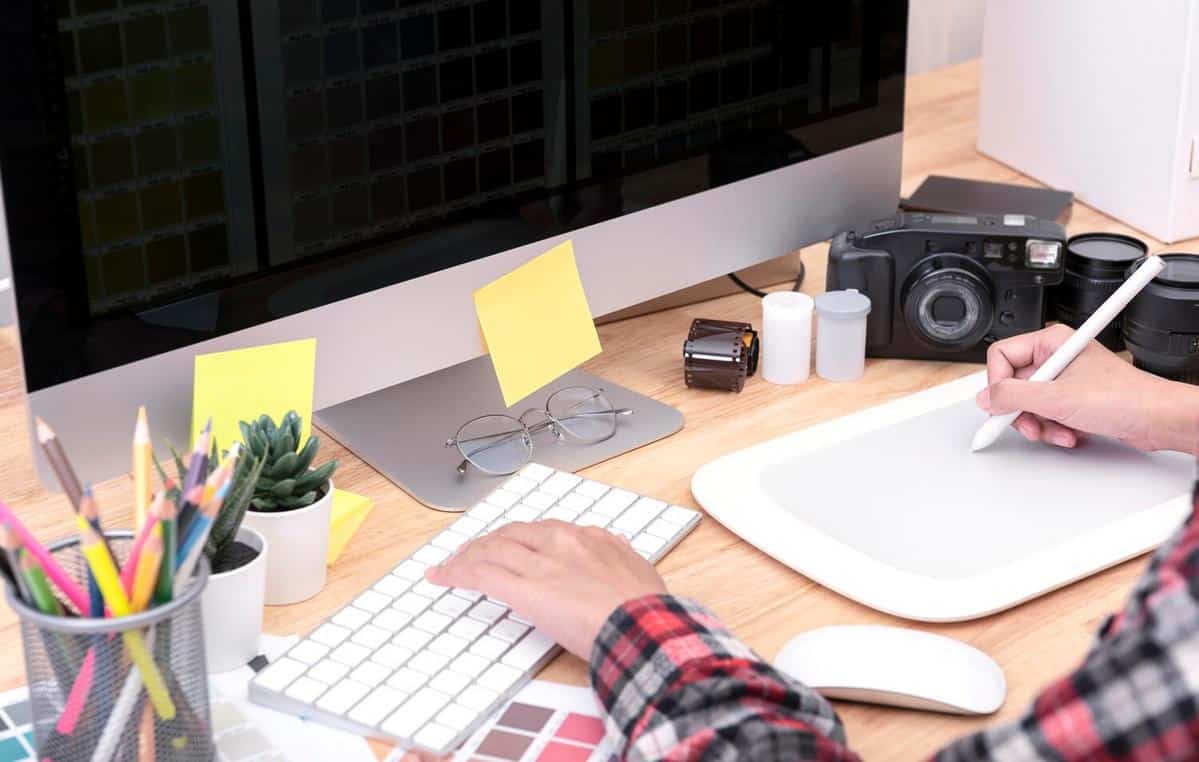
Mastering Photoshop: Tips for Beginners
Photoshop is a powerhouse tool for creative editing, offering endless possibilities for beginners to explore and master. While it may seem daunting at first, understanding the basics can open doors to unleashing your creative potential.
Whether you’re looking to enhance your photography skills or dive into graphic design, mastering Photoshop is an invaluable skill. According to a survey by Graphic Design USA, Photoshop remains the most popular photo editing software, with over 90% of respondents using it for their projects.
Understanding the Interface
The first step in mastering Photoshop is familiarizing yourself with its interface. Spend time exploring the toolbar, layers panel, and menu options. Knowing where to find essential tools will significantly enhance your workflow.
Tips to Navigate the Workspace
- Utilize the Workspace Switcher to customize your layout based on your project needs.
- Use keyboard shortcuts to streamline your editing process.
- Experiment with different panels to find your perfect setup.
Basic Tools for Beginners
Photoshop offers a wide array of tools, but beginners should focus on mastering a few key ones first. These include the Move Tool, Brush Tool, and Magic Wand Tool. Each tool serves a unique purpose, and understanding how they work can make a significant difference in your editing.
Table of Essential Tools
| Tool | Function |
|---|---|
| Move Tool | Moves layers and selections. |
| Brush Tool | Paints on your image with different textures and colors. |
| Magic Wand Tool | Selects areas based on color. |
| Crop Tool | Trims and frames your image. |
| Clone Stamp Tool | Duplicates parts of your image. |
| Gradient Tool | Creates gradual blends between colors. |
| Eraser Tool | Removes parts of your image or background. |
| Text Tool | Adds text to your project. |
Layers and Masks
Understanding layers and masks is crucial for advanced editing. Layers allow you to work on different elements of an image separately, while masks give you the power to control the transparency of layers.
Pro Tip: Use layer masks instead of erasing pixels. This technique is non-destructive and allows for easy adjustments later.
Enhancing Your Skills
As you grow more comfortable with Photoshop, explore online tutorials and courses to expand your skill set. Websites like Lynda and Udemy offer comprehensive courses that cater to all skill levels.
Practice Makes Perfect
Personal experience is a great teacher. When I first started using Photoshop, I spent hours experimenting with different tools and techniques. This hands-on approach helped me understand the software better and develop my unique style.
Frequently Asked Questions
How long does it take to learn Photoshop?
The time it takes to learn Photoshop varies depending on your dedication and frequency of practice. Regular practice can lead to proficiency within a few months.
Is Photoshop suitable for beginners?
Yes, Photoshop is suitable for beginners. Starting with the basics and gradually exploring more advanced features makes it accessible to all skill levels.
Conclusion
Mastering Photoshop opens up a world of creative possibilities. By starting with the basics and gradually expanding your knowledge, you can transform your projects and achieve professional results. Remember, practice is key, so keep experimenting and learning. For more resources, visit our Creative Editing Techniques Portal to discover additional articles and tips.


